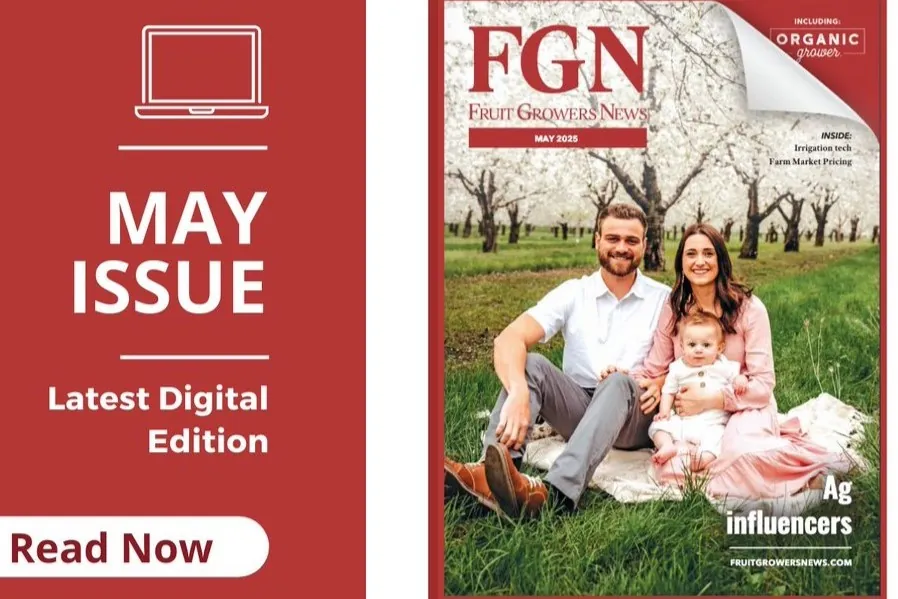
Stefano Lugli - SL Fruit Service
Cherry Times technical-scientific chairman
A true story that should make us reflect on care when propagating plants and on alternatives to traditional means of defence. The terrible killer insect, a.k.a. Drosophila suzukii, or the other phytopathologies linked to the environment, first and foremost the cracking of cherries, were not enough to worry cherry growers.
Today, cherry growers are confronted with another threat, even more insidious and disturbing: the cherry blight disease, caused by the bacterium Pseudomonas syringae pv. syringae (PSS), a disease commonly associated with production areas characterised by wet and cold climates, such as the north-western United States, the southern part of Chile and some areas in northern Europe.
In the Mediterranean regions of Europe, the bacterial canker has long been considered of secondary importance for cherry trees.
 Image 1: Cycle of the PSS bacterium (Source: Hulin, 2020).
Image 1: Cycle of the PSS bacterium (Source: Hulin, 2020).
However, in recent years the disease has appeared more frequently, especially in more recently established plantations and especially in high and very high density plantations with columnar axis or SSA Super Spindel Axe forms and dwarfing rootstocks such as Gisela 5.
In this regard, it should be mentioned that colonisation of PSS requires a wound, e.g. from pruning or a natural opening on a plant part and is favoured by conditions of high relative humidity or the presence of stagnant water in the soil.
The genetic component also plays a key role, especially in the role of the rootstock. Vigorous rootstocks such as Franco and Colt are much more tolerant to the bacterium than semi-dwarfing rootstocks such as Gisela 6 or dwarfing rootstocks such as Gisela 5.
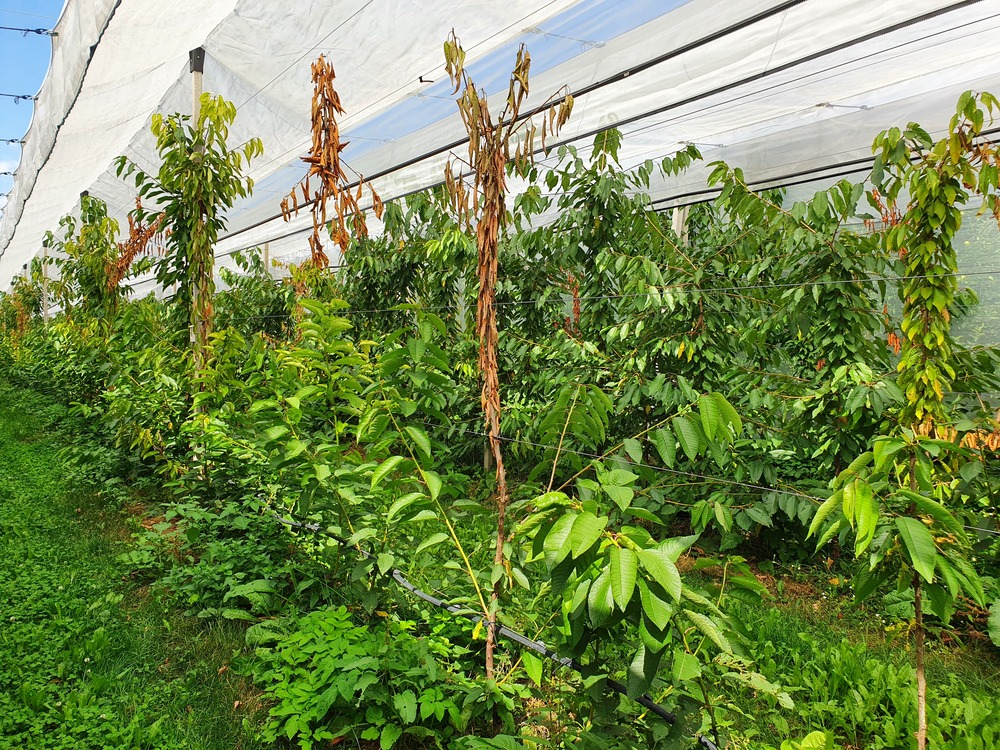 Image 2: Young HDP orchard of cherry trees cv. Kordia/Gisela 5 in Val di Non (Trento, Italy) severely affected by PSS.
Image 2: Young HDP orchard of cherry trees cv. Kordia/Gisela 5 in Val di Non (Trento, Italy) severely affected by PSS.
Another trigger for infection, as mentioned, is the environment: bacterial canker is highly associated with winter frost and spring frost events. In fact, plants damaged by extreme weather conditions will have wounds that, when exposed to water (e.g. rain or irrigation) and cool temperatures, provide ideal conditions for infection.
We are located in Budrio, in the lower Bolognese plain on the Venturoli Luciano farm, in a planting set up in 2020 with a density of 5,500 plants per hectare, Gisela 5 rootstock and varieties Grace Star, Marysa and Sweet series.
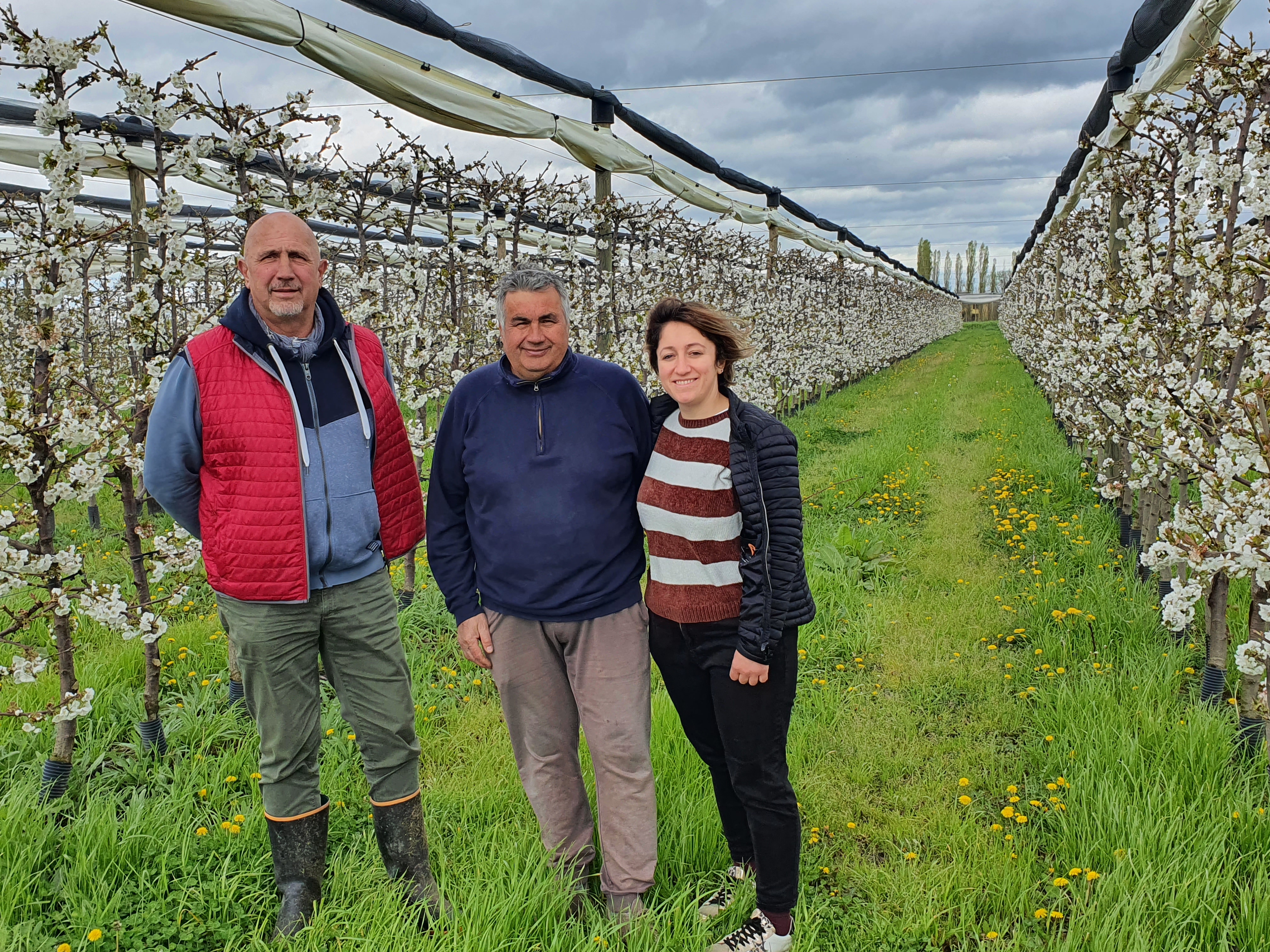 Image 3: The restored cherry orchard with Dante Lupato and Mr and Mrs Venturoli.
Image 3: The restored cherry orchard with Dante Lupato and Mr and Mrs Venturoli.
"We realised something was wrong already during the first growing season," says Venturoli. "We turned to several specialists and the diagnosis was clear and ominous. There was no chance for the plants to survive due to the presence of PSS in more than 80 per cent of the young cherry trees at the second leaf, with an investment equivalent to 120 thousand euro/ha. The Ferrara nursery that supplied us with the plants declared themselves blameless, appealing to the self-certification of health that they produced at the time of sale'.
Where the killer bacteria came from remains a mystery. PSS spreads mainly by grafting infected material. Once established on the plant, the bacterium can spread very quickly through any cutting wound or other point of entry, especially if environmental conditions are favourable to the bacterium's development.
Varietal susceptibility also plays an important role. After the spread of PSS in the first VHDP plants on Gisela 5, it was reported that Sweet varieties were particularly susceptible to the bacterium. Earlier studies carried out at the Plant Pathology Department of the CREA in Rome had classified these varieties as moderately susceptible, like the majority of cherry varieties grown in Italy.
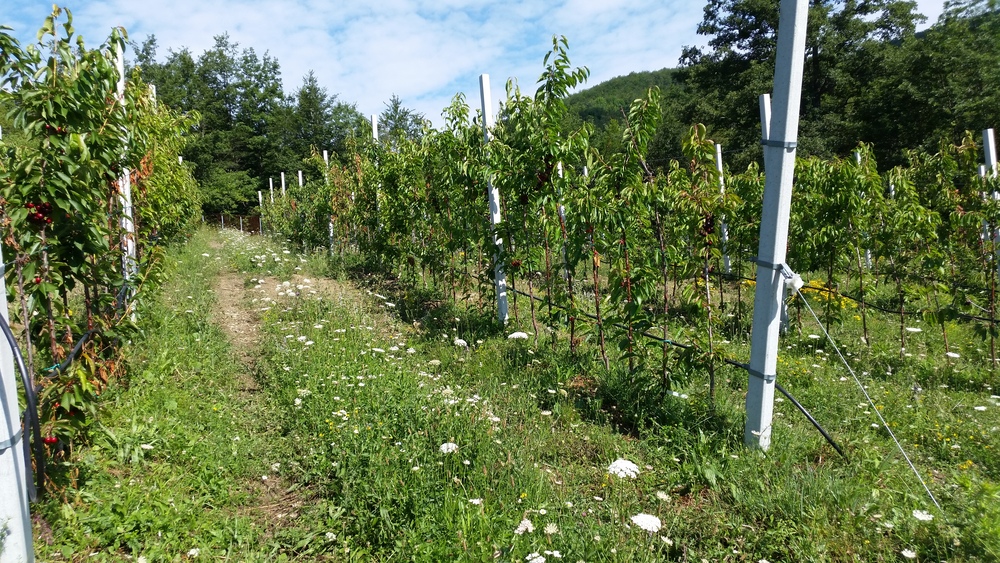 Image 4: Young cherry orchard cv. Sweet/Gisela 5 heavily affected by PSS.
Image 4: Young cherry orchard cv. Sweet/Gisela 5 heavily affected by PSS.
"Before sacrificing the plant," Venturoli continues, "we intercepted an agronomist from Verona who proposed an alternative and innovative solution with biosolution products and a series of cultivation practices to be adopted in managing the cherry orchard. After two years, the plant is back to life and above all to producing cherries, beautiful, good and above all healthy!"
Dante Lupato is the founder and president of Agricon srl, a company specialising in biosolution that offers fruit and vegetable growers technical solutions suitable for zero residue cultivation and the organic regime.
"I came into contact with the Venturoli family," says Lupato, "in May 2021 because they were particularly alarmed by the dire diagnosis of their second-leaf cherry orchard and were looking for someone who could offer them a way out.
Their high-density plantation was completely invaded by PSS with trees at a more or less advanced stage of infection. Based on our previous experience with other crops, such as apple, pear and grapevine, we proposed a protocol of soil application that should have yielded positive results".
"At the Venturoli farm," Lupato continues, "I propose a series of soil applications of two of our products, Fertivis terra plus and Microvis plus (download the attached data sheets here Fertivis terra plus - Mocrovis plus) to be carried out four times about a month apart using the drip irrigation system".
"At the same time, I recommend the least possible use of herbicides, or, better still, to avoid their use, as anaerobic bacteria are active in Fertivis terra plus and cannot tolerate the presence of synthetic chemical molecules".
The Venturoli company agreed to follow Agricon srl's advice and immediately and scrupulously applied Lupato's recommendations. Already during the summer, clear improvements in the vegetative state could be seen in almost all the plants. In spring 2022, the damage count, i.e. plants with symptoms of PSS, was limited to thirty trees.
All the others proved to be cured and, above all, the plants showed very healthy wood with ample healing of the necrotic spots affected by the bacterium.
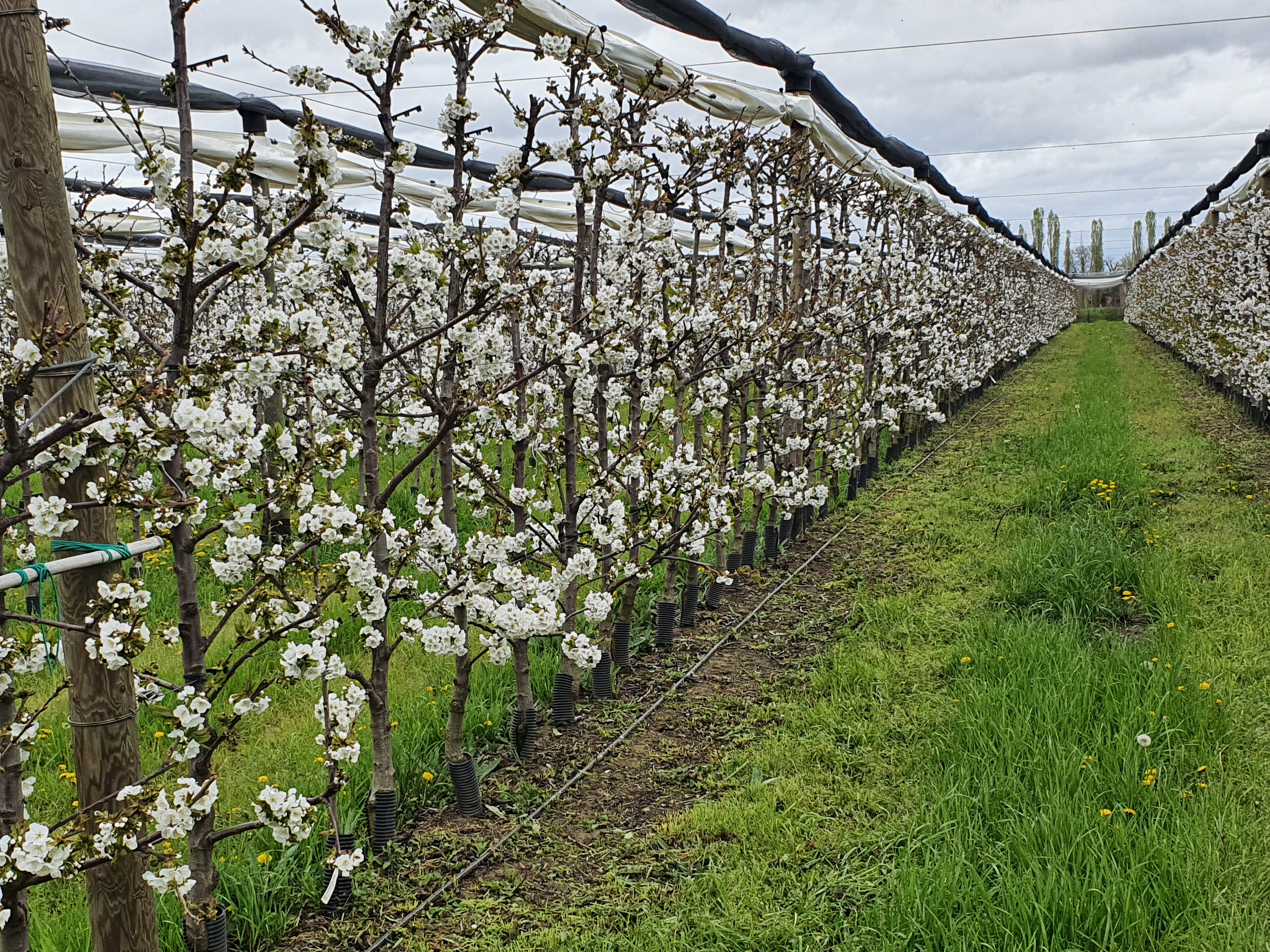 Image 5: Sweet Saretta/Gisela 5 on the fifth leaf at 50% open flowers.
Image 5: Sweet Saretta/Gisela 5 on the fifth leaf at 50% open flowers.
"At this point," concludes the agronomist, "we could already breathe a big sigh of relief as the widely prophesied consequences had been averted and the cherry orchard was preparing for the third leaf with good production prospects.
"From March 2022 we started again with soil applications, the first three at about one month intervals and the fourth after harvest. To the two formulations used initially, we added Humivis based on leonardite with the intention of limiting chemical fertiliser inputs as much as possible so as not to raise the soil redox."
"Since the 2022 flowering, we have also applied a foliar protocol that has led to that year's production and that of 2023 without the use of any synthetic chemical molecules. But this is another matter that can be discussed in more detail later. In conclusion, it is with satisfaction that we can say that after the first year we have managed to eradicate the terrible bacterial disease, a disease that would have brought the plant to a swift end and would have nullified the Venturoli family's considerable investment'.
Cherry Times - All rights reserved











